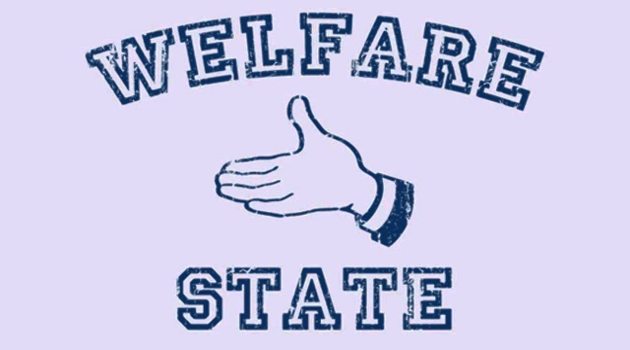In Part I of this series, I explained that the War on Poverty, launched by Lyndon Johnson and expanded by other profligate presidents, has been bad news for both taxpayers and poor people.
More specifically, I shared some academic research showing how it led to a big increase in dependency on government.
Let’s expand on that topic today by looking at a column published last week by National Review.
Authored by Angela Rachidi of the American Enterprise Institute, it compares the two ways of reducing poverty and deprivation. Here are some excerpts.
President Johnson introduced his Great Society agenda, setting the stage for the vast federal anti-poverty bureaucracy that we have today. Passage of programs such as Medicaid, Head Start, and a nationalized Food Stamp Program followed, and today, the federal government funds more than 80 means-tested programs or services… Unsurprisingly, this approach set the federal government on a disastrous fiscal path. Federal expenditures on means-tested programs have increased eightfold since the War on Poverty started, equating to an additional $800 billion per year in today’s dollars. …expanding transfer payments to reduce the poverty rate was simply a mathematical achievement. Fundamentally improving the lives of poor families has proved an entirely different task. …the key to the problem of poverty in this country was a failure among young people to achieve key life milestones. …when young people graduated high school, worked full-time, and married before having children, their odds of living in poverty dramatically reduced. …Analyzing 15 years of longitudinal data consisting primarily of poor unmarried mothers…, I find that many disadvantaged unmarried mothers were able to rise out of poverty when they later achieved success sequence milestones, even though they started on a different path. For example, 15 years after giving birth to a child outside of marriage, only 9 percent of mothers who earned a high school education, worked full-time, and later married were in poverty. Among mothers who failed to complete any of those three steps, the poverty rate was 79 percent.
Those “success sequence milestones” sounded familiar.
Sure enough, they are similar to what my late, great, friend Walter Williams wrote many years ago.

The problem, of course, is that government penalizes you if you get a job or get married.
Though I’m guessing the problem is worse in places like New York in California than in states like Florida and Texas.
P.S. Biden and other folks on the left want to bastardize the definition of poverty in hopes of further expanding the welfare state and creating more dependency.


